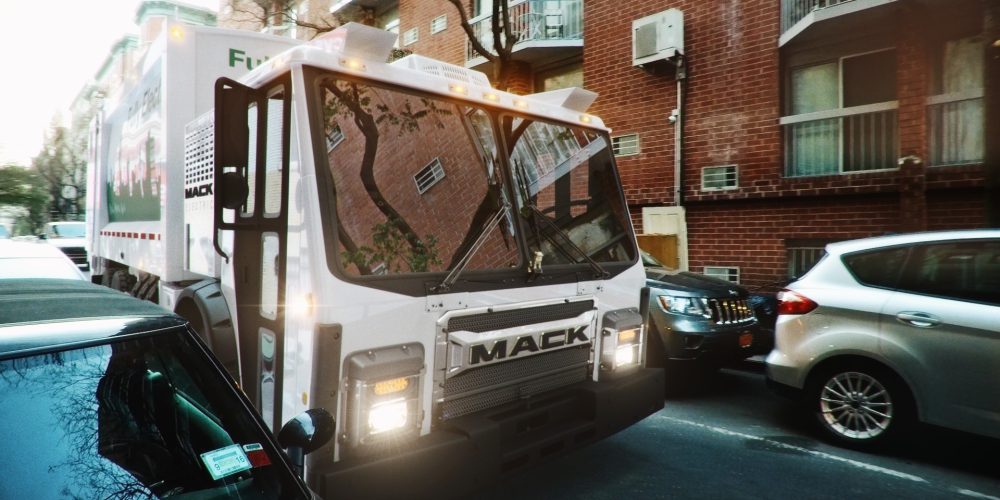A new study from the US Department of Energy’s (DOE) Argonne National Laboratory offers the most comprehensive results yet of the costs of owning and operating different types of vehicles and how costs vary by powertrain.
The study is titled “Comprehensive Total Cost of Ownership Quantification for Vehicles with Different Size Classes and Powertrains.”
Argonne, Lawrence Berkeley National Laboratory, National Renewable Energy Laboratory, Oak Ridge National Laboratory, and Sandia National Laboratories collaborated on the study.
Factors considered
The researchers considered the following in order to calculate the total cost of ownership:
- Vehicle purchase cost
- Depreciation
- Financing and fuel costs
- Costs related to insurance (new)
- Maintenance and repair (new)
- Taxes and fees (new)

The report covers the following vehicles:
- Light-duty passenger vehicles: compact and midsize sedans, small and large sport utility vehicles, and pickup trucks
- Medium- and heavy-duty commercial vehicles: semi-tractors; medium-duty vans and pickups; transit buses; box, utility aerial, and dump trucks; garbage trucks.
It also looked at the following powertrains:
- Internal combustion engine
- Hybrid electric vehicle
- Plug-in hybrid electric vehicle
- Fuel cell electric vehicle
- Battery electric vehicle
Study findings (electric vehicles in bold)
The study found that the maintenance costs of battery electric vehicles are 40% lower than ICE vehicles.
Overall, hybrid electric vehicles currently tend to be the lowest-cost powertrain. However, battery electric vehicles will reach cost parity as battery prices drop, and hydrogen-powered fuel-cell electric vehicles will reach cost parity with conventional vehicles as the price of hydrogen drops.
David Gohlke, an energy and environmental analyst at Argonne and coauthor of the study, said:
There is uncertainty with how quickly these costs will drop, but the technology is trending in the right direction.
Other findings of note include the following, according to the Argonne National Laboratory (and electric vehicle findings are in bold):
Other findings of note include that cars depreciate faster than light trucks, and that older electric vehicles have a greater depreciation rate than newer electric vehicles.
Light-duty vehicle insurance costs are comparable for different powertrains, and vehicle size and vocation both affect incurred costs for medium/heavy-duty commercial vehicle insurance.
Light-duty vehicle taxes and fees are comparable across powertrain types and size classes, though marginally higher registration fees exist for alternative fuel vehicles in many states.
Many electric tractor trailers would be affected by additional battery weight, reducing the available payload capacity, and this cost can be substantial.
Electric vehicle charging for commercial vehicles can be time-consuming; if this charging is paid at an hourly rate, labor can cause this cost to dominate total cost of ownership.
Long-haul battery electric vehicle semi-tractors, which are the most expensive today due to their large batteries, will become the least expensive powertrain in 2035 as battery prices continue to drop.
For local delivery vehicles such as the Class 4 truck, the battery electric vehicle is the lowest cost option in 2025, the baseline year for the study’s modeling.
Read more: Longest-range electric vehicles (EVs) you can buy in 2021
Subscribe to Electrek on YouTube for exclusive videos and subscribe to the podcast.
